
bitLanders AI-Themed Blogging: Social robots: How High Technology Can Help Loneliness - Photo credit:twitter, edition by Amber255 via bitLanders
How will human communication change in the future and whether robots will be able to save people from loneliness and abandonment? Writing C-Blog about social robots, I thought much about the loneliness that so many people experience, so it's how was born the idea to write a blog about this.
Caretaker robots, home-help robots, even robots-spouses, and sexual partners - it seems, all this wait for us in the near future. People are less concerned about the idea of the rebellion of machines and increasingly seeks to make robots their friends.
Elder care is a huge area of opportunity, and chronic loneliness is an epidemic in our society. I think technology will be one part of the solution.
Credit: apa
I am not a professional in the Artificial Intelligence field, so before writing any blog, I read a lot of literature. It is estimated that by 2020, we will have about 100 million personal robots on the planet, and the next few years will become a breakthrough for the fundamental changes that robots can make to our home and everyday life. That is so unbelievable, right? 2020 is almost here. But we can say it is unbelievable only if do no dot know the current situation. After releasing, some robots are sold just in minutes. Thousands of robots.
However, it is too early to make loud statements. These one hundred million consist mainly of cleaning robots and automatic vacuum cleaners. But recent developments promise much more. Robots are already caring for the elderly in some nursing homes, becoming pets and housekeepers in hundreds of families (this is especially common in Japan and Western Europe). These are the so-called social robots, or robots companions, machines that can imitate human or animal behavior.
5 Coolest Robots You Can Actually Own! - Video credit: youtube
Living Alone
People in developed countries are rapidly aging and becoming more and more alone. For example, in Scandinavian countries, about 40% of households today consist of only one person. That is, in a typical Swedish apartment, we will meet an alone person with almost the same probability as a family. People increasingly choose their own lonely lifestyle, preferring not to bind themselves with long-term relationships in order to find more space and time for themselves.
But not everyone chooses such a lifestyle voluntarily and independently. The development of hygiene and medicine not only prolonged the lives of millions of people but also made them more alone. Older people are becoming more and more, and more often, there is no one to take care of them.
Information technologies allow you to communicate with anyone at a great distance, but increasingly they force us to remain in front of the screen, instead of communicating with each other in the so-called real world. And social robots, it seems, is just one more link in this chain. Will they be able to come to the aid of modern loners?
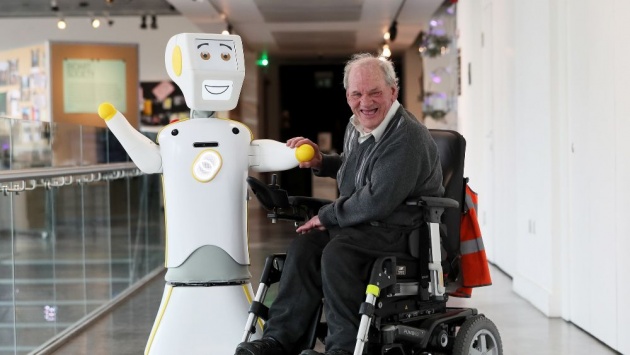
Robot carer - Photo credit: bailiwickexpress
Social Robots
Social robots include those robots that can understand a person and themselves in a social context. They are communicative, easily learnable, and their behavior is as similar to human behavior as possible. In social robotics, the emphasis is on the integration of machines into social interactions, and many developments already become involved in various spheres of our life; and every day they become more and more.
Social robots must be able to recognize and depict human emotions, adapt to human behavior, and change their own patterns of behavior. The newest robots can learn new traits, change their features. They can be sociable and closed, playful, and calm. In addition, to serve a human, the robot must be able to distinguish him from other people. One thing is a relationship with the owner; another is with a random guest or passerby.
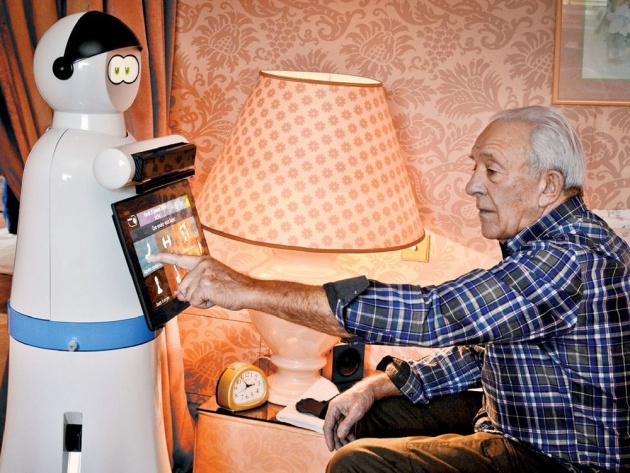
Robots for elderly loneliness - Photo credit: twitter
Such a robot should be like a human being, and humans are terribly picky creatures. We take into account the previous actions of our acquaintances and treat them differently. If a toaster doesn’t care about your individuality when it is frying bread for breakfast, then the social robot is a social robot to take into account the differences between you and everyone else. To do this, it will need the ability to model the mental state of a person and predict his future actions.
In reality, robots are still very far from these skills. They can talk, plan your schedule, remind you about taking medicine or scheduled appointments, be companions for games or perform dances - sometimes even better than people do. But you should not expect sympathy from them. Robots feel nothing.
Therefore, we can say that people themselves give social qualities to the robot. The psyche of people easily takes what seems to be real.
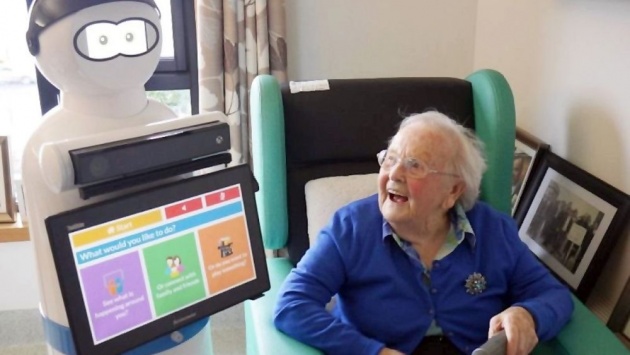
Robots for elderly loneliness - Photo credit: twitter
Scientists call this a natural propensity to anthropomorphization. Because of this inclination, for example, we represent God as a gray-haired old man. Lonely people more often and more humanize animals and technological devices than people who already have someone to talk to.
Robots Companions
Robot companion's task - to give friendly support to humans, causing positive emotions and therapeutically influencing his psyche.
As for real robots, the relationship between artificial robot companions and elderly people in nursing homes is best studied. In general, scientists recognize that robot companion improves overall well-being and reduce the feeling of loneliness.
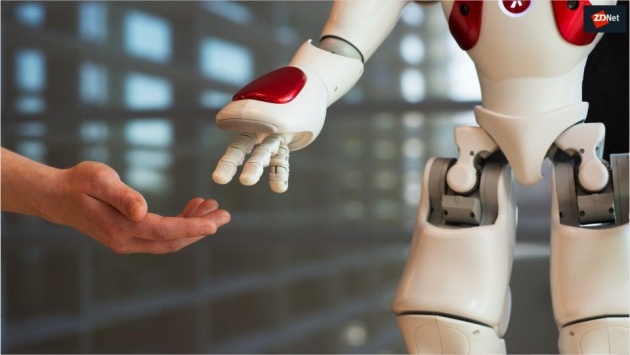
Robots for elderly loneliness - Photo credit: isentia
In one comparative study, psychologists found out that cute and fluffy robot-seals become the subject of conversation with other residents even more often than real dogs, and attract more attention.
Maybe robots make us less lonely simply because they force us to communicate more with each other?
Psychologists usually give a model of a robot to a volunteer who has agreed to participate in the few weeks' experiments, and then they must return robots. And here they often have to face difficulties.
The robot becomes for man own. He no longer wants to part with the robot.
Robot Pepper performance, hugs with Pepper - Video credit: youtube
Why Communicating With The Robot Is Attractive?
Let's try to think: what is so attracting in communicating with the robot?
They are, after all, inanimate and feel nothing! The point here is not the only anthropomorphization. Robots, among other things, are more obedient and unobtrusive. They will not load you with their problems when your problems are enough for you but simply make coffee or give you a hug. And it is not so important that these hugs will give a little smell of silicone. You are always vulnerable among people, but you can be yourself in front of an unfeeling robot.
It turned out that today about a quarter of Americans do not have friends with whom they could share their feelings and thoughts - this is almost one and a half times more than at the end of the 20th century, and lonely people seem to infect others with their loneliness. I did not find whether such large-scale studies were conducted in Lithuania (my country), but I think that the results would not be very different, despite all efforts to promote traditional family values.
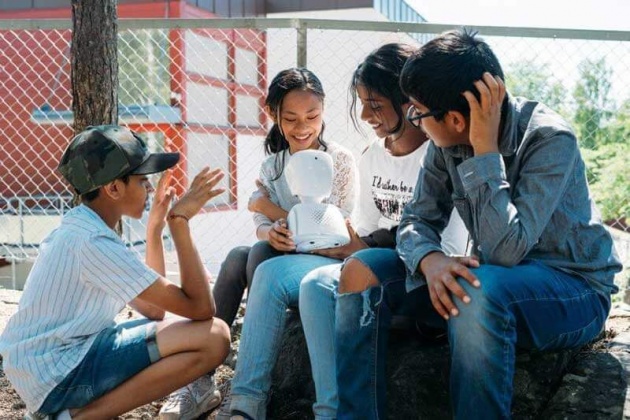
Personal robots - Photo credit: neozone
Therefore, it is not surprising that humanity hopes for robots as social partners and companions. Communicating with people can be too tedious and too often makes you feel insecure.
Technology is seductive when what it offers meets our human vulnerabilities. And as it turns out, we are very vulnerable indeed. We are lonely but fearful of intimacy. Digital connections and the sociable robot may offer the illusion of companionship without the demands of friendship. Our networked life allows us to hide from each other, even as we are tethered to each other. We’d rather text than talk. - Sherry Turkle
Credit: azquotes
But the robots still cannot satisfy the fundamental need of a person in live communication, the need to go beyond the limits of their own "I". They can be good helpers, good nurses, and pets, but are unlikely to become true friends.
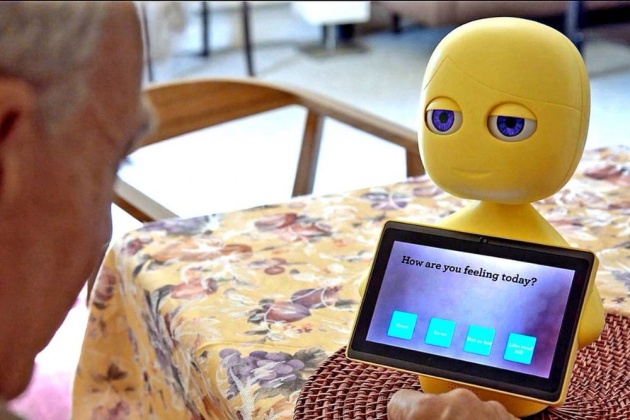
Robots as social partners - Photo credit: twitter
What Obstacles May Arise When Social Robots Are Introduced To Everyday Life?
In words, everything sounds wonderful, but before the robots from the social category get into our house, you should be sure that this process will not have negative consequences.
The high cost
Before interacting with the robot, you need to buy it. And here we have to face the high cost - one of the reasons why robots have not yet appeared in every home. The high cost is largely due to the high cost of every detail. From the robot, we require mind, adaptability, etc. For example, a robotic arm. It can be the simplest, moving up and down, or it can have a super-functional functionality, making movements along different paths. This increases the price of technology several times. But it is possible that the pace of technology development will soon cut the cost of a social robot.
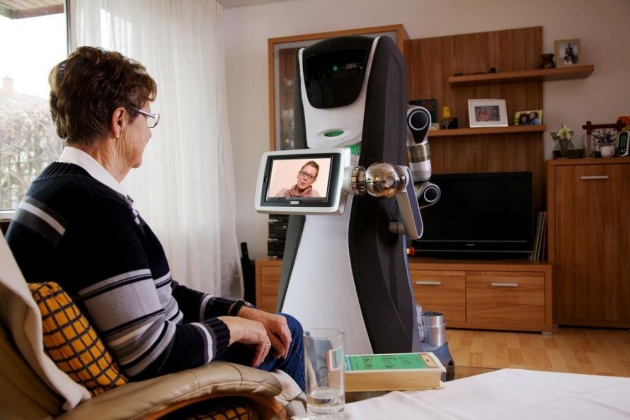
Personal robot - - Photo credit:twitter
Emotional Attachment
If you manage to build trust for the robot, it is possible that you will have to face a new problem - emotional attachment to robots. Many researchers agree that the wide distribution of social robots may carry some danger to the human psyche.
Uncanny valley effect
Even if there is a financial opportunity to buy such a robot, it is possible that you will immediately feel sympathy for it. The effect of the uncanny valley is another problem, the solution of which will have to be found by developers, otherwise human-like robots will remain rather dubious buddies. Bright minds have repeatedly tried to create a robot as close to human as possible, but so far, all attempts have been a fiasco.
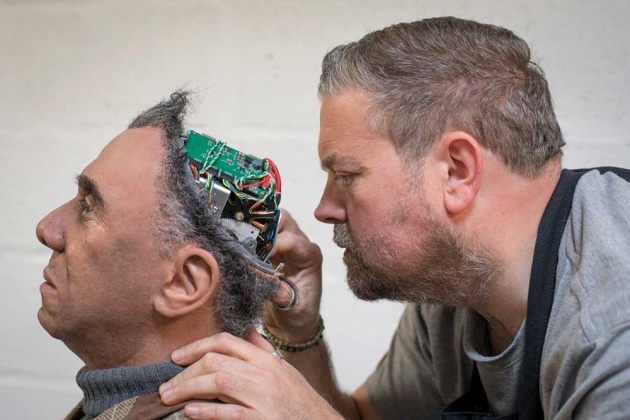
bitLanders AI-Themed Blogging: Social robots - Photo credit: newscientist
Unexpected Situations
To give a simple example: a patient with autism decides to attack a nurse robot and break it. What should be the response of the machine? It may turn off, but in this case, it threatens with complete destruction for a very expensive apparatus. The machine may begin to defend itself, but where is the guarantee that it will not cause physical or moral damage to the patient? Over the solution to these problems, developers have yet to work.
People don’t want to work with robots because they’re going to lose their jobs. But with leisure robots we have a much more rapid acceptance.- Carlos Rioja del Rio
Credit: digitalempowers
On A Final Note
Because of loneliness, people can become unhappy; loneliness reduces their quality of life. But millions of people around the world are subject to this feeling. It is likely that technological progress can end this problem.
Psychologists believe that loneliness is one of the causes of depression, alcohol and drug abuse, inefficient decision-making, a number of cardiovascular diseases, and even suicide. Some scientists say that loneliness for our health is twice as dangerous as obesity and almost as dangerous as poverty.
Many experts see one very important obstacle to the mass adoption of robots companions. The fact is that the psychological perception of virtual social incentives is not equal to the perception of a personal meeting and conversation with a man of flesh and blood. So until robots can imitate one hundred percent of the reactions of the human body and the work of the human brain, our innate need for connections with other people will not disappear.
Chat with me on Querlo chat about artificial intelligence:
In the film Her, a lonely writer, falls in love with the newest operating system named Samantha. They start a relationship, but in the end, the hero finds out that for Samantha, it is more interesting to communicate with other operating systems: people only hinder their continuous development. And then people are left alone. We have to solve human problems by selves because robots have their own, more important activities.
While others see problems there, the development of robots that mimic the social properties and attitudes of man is going in full strength. And we cannot stop this process.
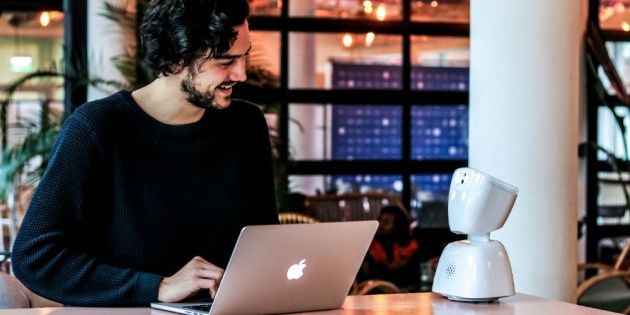
Robots as social partners - Photo credit: voluntarrios
In my opinion, no one human should feel loneliness if it is not his aim, of course. Love your close ones and care about them because no one robot can change alive humans' communication.
But older people may have a time when there will be no close person to overcome loneliness and isolation. In such cases, the robot can help singles overcome social isolation.
Have Fun!
***************************************************************************************************
Thank you for stopping by and reading my blog.
2019, All Rights Reserved.
You are very welcome to join Bitlanders and share your valuable knowledge and opinion.
***************************************************************************************************



